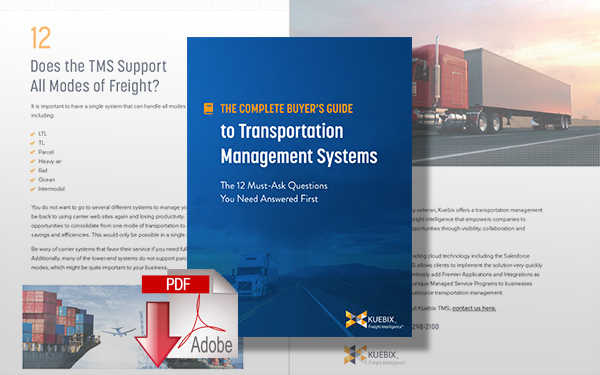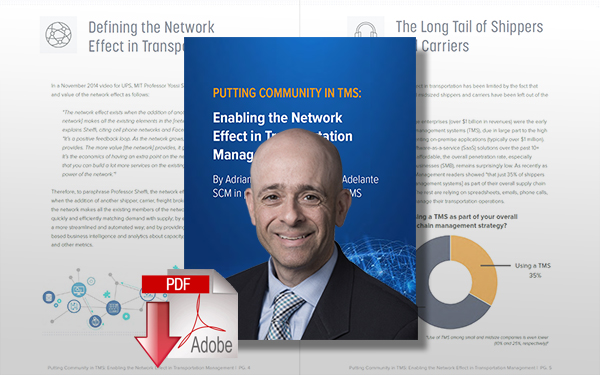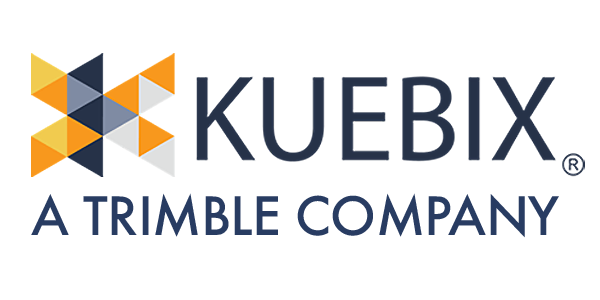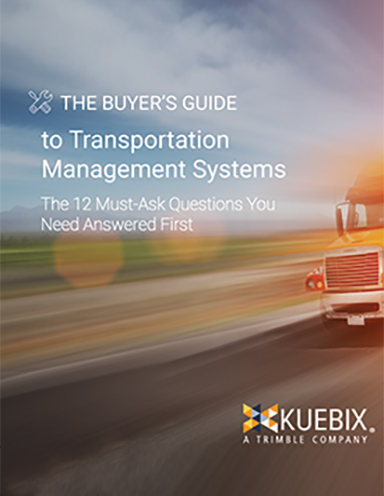Is It the Right Time to Invest In a Cloud-Based Transportation Management System?

It might seem counter-intuitive to spend money during the present climate, but the companies that invest in technology now are going to have a competitive edge tomorrow when the economy recovers.
More Business with Fewer Expenses
It’s a simple combination of direct, dollar-for-dollar ROI and customer satisfaction – in other words, more business with fewer expenses.
Instead of trying to go back to “normal,” businesses should use this time of uncertainty to solidify their operations and set their supply chains up to compete in a changing economy.
Doing More With Less
It’s an unfortunate truth that most businesses will be trying to do more with less for the rest of 2020 and even into 2021.
This includes labor, materials, and revenue as the economy reacts to world-wide stay-at-home orders.
International supply chains are in turmoil, especially as pre-bought raw materials and products from Asia aren’t refreshed with new deliveries.
Closer to home, the U.S. Bureau of Labor Statistics reported in April that “the unemployment rate increased by 10.3 percentage points to 14.7 percent… The sharp increases in these measures reflect the effects of the coronavirus pandemic and efforts to contain it.”
Apart from being terrible for the individuals and their families, these numbers are bad news for businesses. Mass layoffs have already taken place in many sectors, making it harder for logistics teams to complete tasks with fewer man-hours and fewer external partners like “mom and pop” carriers.
Greater unemployment and economic uncertainty cause consumers to be more conservative with their spending. As such, even businesses that have managed to stay open during Covid-19 are unlikely to see the sales they had expected. That means every last penny needs to be spent wisely.
Managing disrupted operations with fewer team members, partners, and inbound dollars is a difficult task. Streamlining operations is essential to make sure these disruptions don’t overwhelm an already overtaxed supply chain. A transportation management system (TMS) can automate mundane processes previously wasting valuable time like keying order information, invoice audit, and rate comparison.
A TMS can also give teams visibility into inbound and outbound orders so they can stop asking “where’s my truck” and can instead turn their attention to more productive initiatives like rate negotiations and Covid-19 preparedness.
Tightening the Purse Strings
On the topic of more productive initiatives is finding ways to spend less money without sacrificing service to customers. Before a company can start to discover and eliminate waste, they need to have an accurate understanding of their current costs. This includes total freight costs, freight costs down to the SKU level, costs by the carrier, carrier service levels, OTD percentages, detention, and accessorial fees to name a few.
All of these metrics can be neatly summed up in reports and dashboards provided through a cloud-based TMS. These analytics can be used to find waste and make the necessary changes to save money.
For example, it may be common practice to book the cheapest carrier on a lane. However, it’s possible that that carrier is late 30% of the time. Anecdotal evidence might not be enough to make the case to switch to the slightly more expensive carrier, but hard facts are enough. With the data in hand, it’s easy to make the case to switch to a carrier with superior OTD percentages to improve customer satisfaction and win repeat business.
By adding an ERP integration on top of a TMS, users can even track their true landed costs down to the SKU level so that they can better allocate freight spend.
It’s not only long-term that transportation management systems help users save money. On the contrary, most users find themselves saving money on their freight spend almost immediately with the help of a TMS. This immediate ROI is derived from comparing rates from a variety of carriers on several modes.
Let’s face it, not every logistics team has time to manually compare rates for each load with every carrier they’re acquainted with. Instead, they use their best judgment to rate and book with familiar carriers. With the addition of a TMS, all of their contracted carrier rates are quickly and easily displayed so that teams can find the best rate and mode for every shipment. This translates into a rapid ROI for the TMS.
Growing Customer Expectations
Just because there’s been an international pandemic doesn’t mean that customer expectations are any lower. On the contrary, many people are becoming more and more used to rapid delivery and “Amazon-like” customer experiences since being quarantined at home. It’s the shipper’s job to meet these growing customer expectations.
With the help of a TMS, companies can make sure that their products are tendered to the carriers that will deliver the fastest for the smallest price tag. A TMS also gives shippers a heightened level of visibility to order statuses. This means that customers can receive better status updates on their orders and are more likely to be flexible if something goes wrong along the way.
For final mile delivery, shippers can even add an e-commerce integration that allows their customers to choose the rate and delivery type that best suits their needs. This level of customization improves customer satisfaction and personalizes the delivery experience for them.
More Rate Options
The U.S. economy doesn’t look anything like it did at the end of 2019. As such, it doesn’t make sense to continue to operate a business the same way either. One way shippers can set themselves up for success is by “building their bench of carriers.” This means connecting with a larger assortment of carriers, brokers, and freight marketplaces to have the greatest chance to find the capacity they need when they need it.
The easiest way to connect with a large number of available trucks is through a community like Kuebix Community Load Match. What makes Community Load Match unique is the connection of shippers with a rapidly growing carrier community from Trimble’s network of 1.3 million commercial trucks, digital freight matching services, and brokers to meet truckload needs on one platform. Shippers can easily request and receive rates from the carrier community, including their contracted carriers. This means that they are always sourcing rates from as many providers as possible!
Read: New ‘Community Load Match’ Platform: Finding and Filling Truckload Capacity Made Easy
Interested in learning more about why investing in a TMS makes sense, even during the current economic climate? Hear what Dave Lemont, General Manager & VP, and Luke Lefkowitz, Supply Chain Expert at Kuebix have to say in this Webcast: Is Your Supply Chain Prepared for What Happens Next? Making the Case for Cloud-based TMS
Related Resources
The Complete Buyer’s Guide to Transportation Management Systems
There is almost no limit to how a Transportation Management System can benefit your unique supply chain, the key to success is finding the right TMS for your goals, so before selecting a TMS, use the 12 questions in this buyer’s guide to finding the best solution for your company. Download Now!
Putting Community in TMS: Enabling the Network Effect in Transportation Management
In this eBook, Adrian Gonzalez, President, Adelante SCM in partnership with Kuebix TMS, describes how transportation management systems are transitioning from being “inside the four walls” applications to becoming operating systems that power transportation communities and enable network effects. Download Now!
More Resources from Kuebix
Article Topics
Kuebix News & Resources
Visibility + TMS = A Winning Combination Trimble Placed in 2021 Gartner Magic Quadrant for Real-Time Transportation Visibility Platforms Kuebix Positioned Again as a Challenger in 2021 Gartner Magic Quadrant for TMS The Buyer’s Guide to Transportation Management Systems TMS Update: Adoption accelerates The Logistics of Valentine’s Day during COVID-19 Pandemic Research: Trends in the Supply Chain and Their Impact on the Transportation Management System Market More KuebixLatest in Transportation
Nissan Channels Tesla With Its Latest Manufacturing Process Why are Diesel Prices Climbing Back Over $4 a Gallon? Luxury Car Brands in Limbo After Chinese Company Violates Labor Laws The Three Biggest Challenges Facing Shippers and Carriers in 2024 Supply Chain Stability Index: “Tremendous Improvement” in 2023 Trucking Association CEO on New Biden Policy: ‘Entirely Unachievable’ Two Weeks After Baltimore, Another Cargo Ship Loses Power By Bridge More Transportation
















